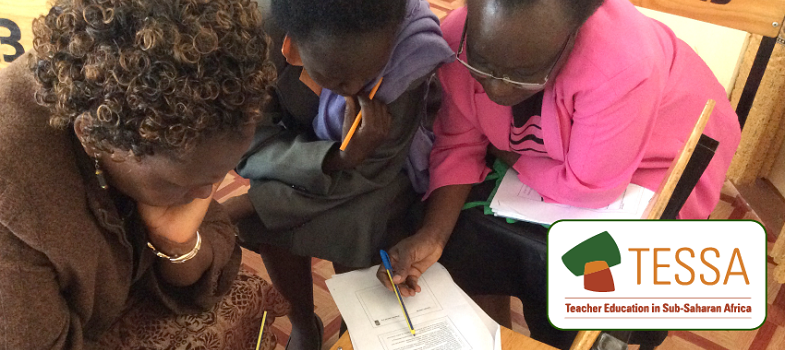2. Using role play to explore gender differences
Role playing can be a very powerful teaching and learning method – especially when dealing with sensitive topics in life skills or citizenship lessons. It is particularly useful when exploring issues of gender with your pupils. It can help pupils to speak more freely because they are talking about the behaviour of other people rather than their own behaviour. (See Key Resource: Using role play/dialogue/drama in the classroom [Tip: hold Ctrl and click a link to open it in a new tab. (Hide tip)] .)
It is important to explore where gender stereotypes come from. Pupils need to recognise when stereotypical behaviour is reinforced. Much of this happens in the family, but you may want to look at your own behaviour. Do you reinforce gender stereotypes in your classroom? Were gender stereotypes reinforced in your own family? Case Study 2 shows how one teacher used his own experience to explore gender with his class.
Case Study 2: Using childhood experience to discuss gender
Mr Daasa wanted to work with his class on gender issues. He spent some time thinking about what to do. He remembered that when he was a child, his father used to tell him to ‘act like a man’. He also remembered that his two sisters were often told off for not ‘being ladylike’. He decided to use these examples to introduce his lesson.
He prepared two sheets with the following titles: ‘Act like a man’ and ‘Be ladylike’. He asked the boys to say what it means to act like a man. When the boys ran out of ideas, he asked the girls. He did the same for the girls, asking what words or expectations they had of someone who is ladylike. He wrote all their ideas on the sheets.
He drew boxes around certain words on the lists and explained that behaving in this way can stop pupils wanting to succeed. They talked about how it is alright for boys to like machines and sport and for girls to like cooking and looking after children, but the problem comes when we feel we must fulfil these roles ‘to fit in’. Some girls may wish to work with machines etc. and some boys may want to look after children or be cooks, but they don’t say so because they might be laughed at.
In small groups, the pupils discussed when they had felt under pressure to act in certain ways and did not want to. They discussed what they could do to be accepted as they were and perhaps do things differently to their parents or carers.
Activity 2: Reverse role play
In this activity, we want you to prepare some role plays where the ‘normal’ roles are reversed (see Resource 3: Reverse role play for an example). This may help you to think about different situations where you can swap the traditional roles played by men and women. Read Key Resource: Using role play/dialogue/drama in the classroom.
Explain to your class about the activities and their purpose and about not laughing at people, but to think about the issues raised as they watch.
After each role play, ask pupils to discuss, in mixed-gender groups, the following questions:
- What do you think about this situation?
- How did you feel when you were watching the role play, and why?
- What do our feelings show about how we see the roles of men and women in society?
- If the role play were the other way around, would you have felt differently?
If you have younger pupils, you will need to make your role plays quite simple. Also, you may feel you need to guide their discussion afterwards, rather than asking them to discuss the questions in groups.
1. Using group work to explore gender differences



